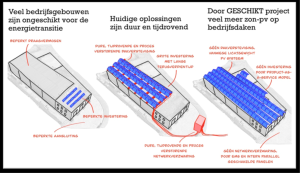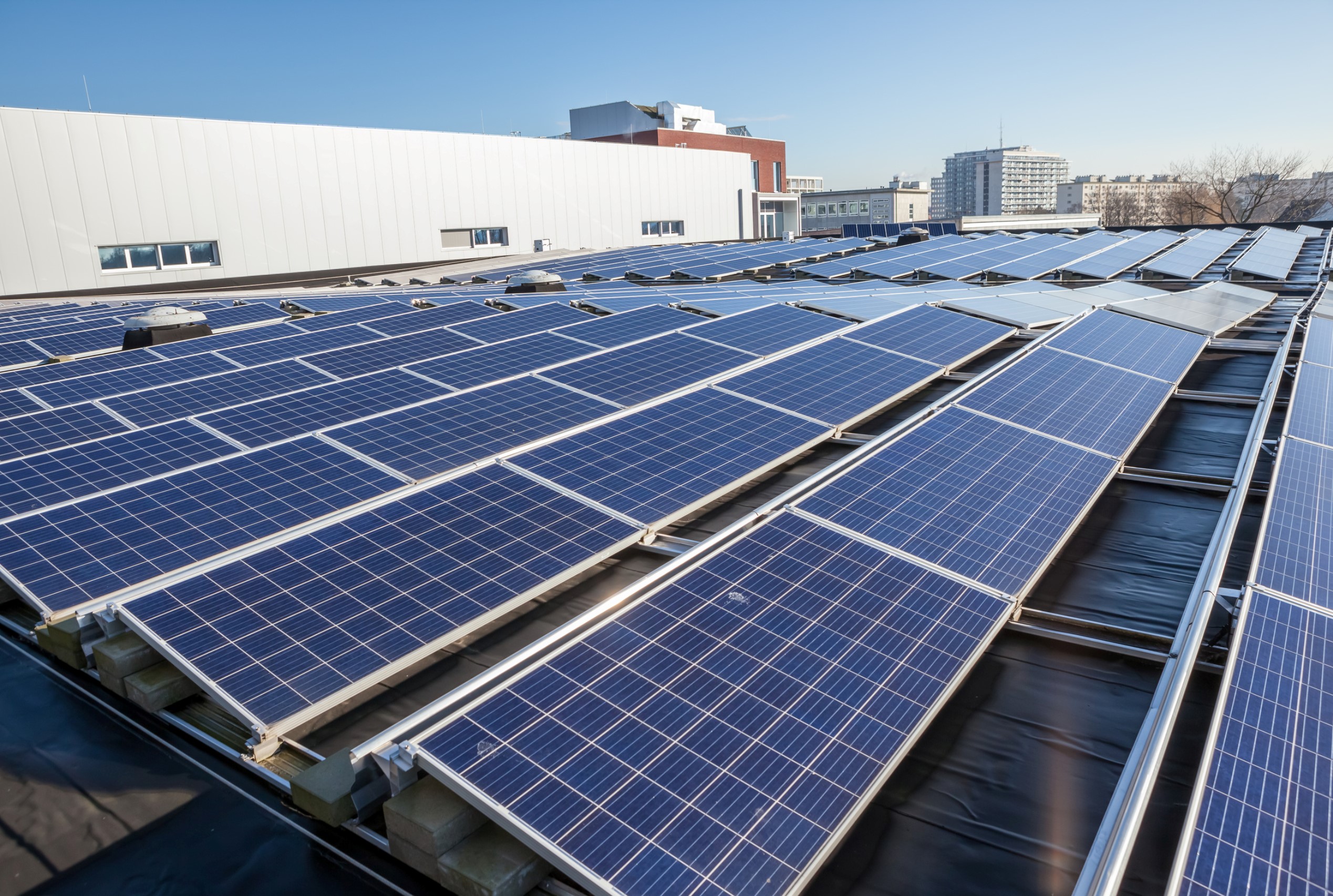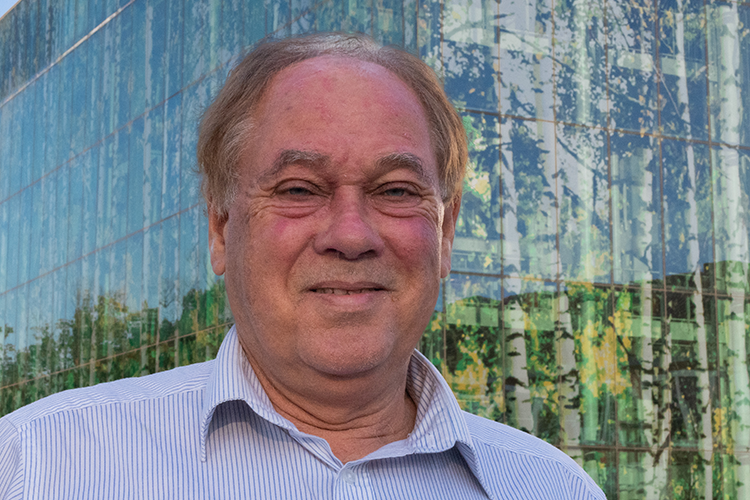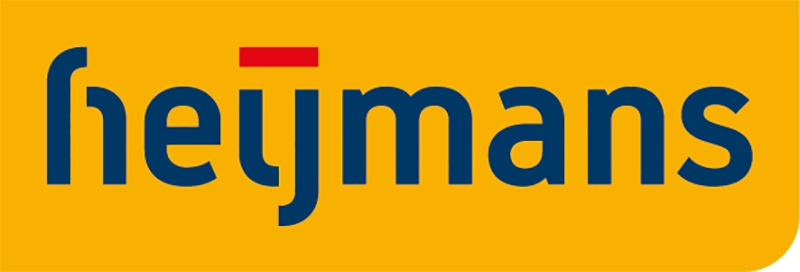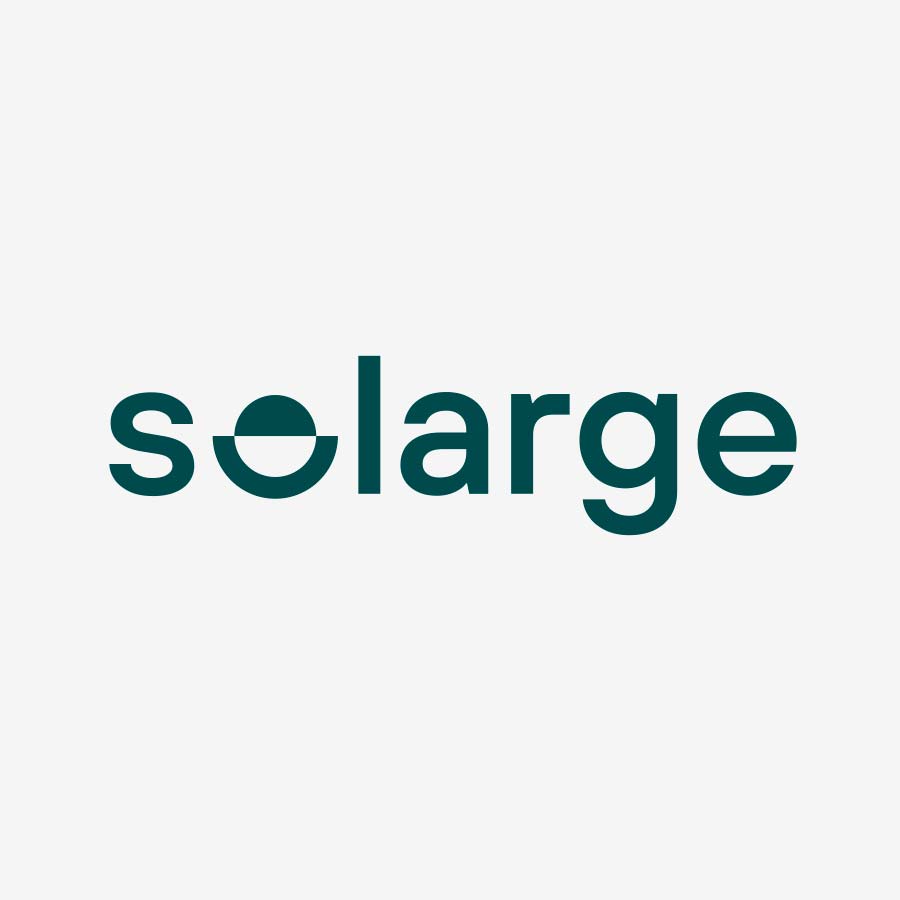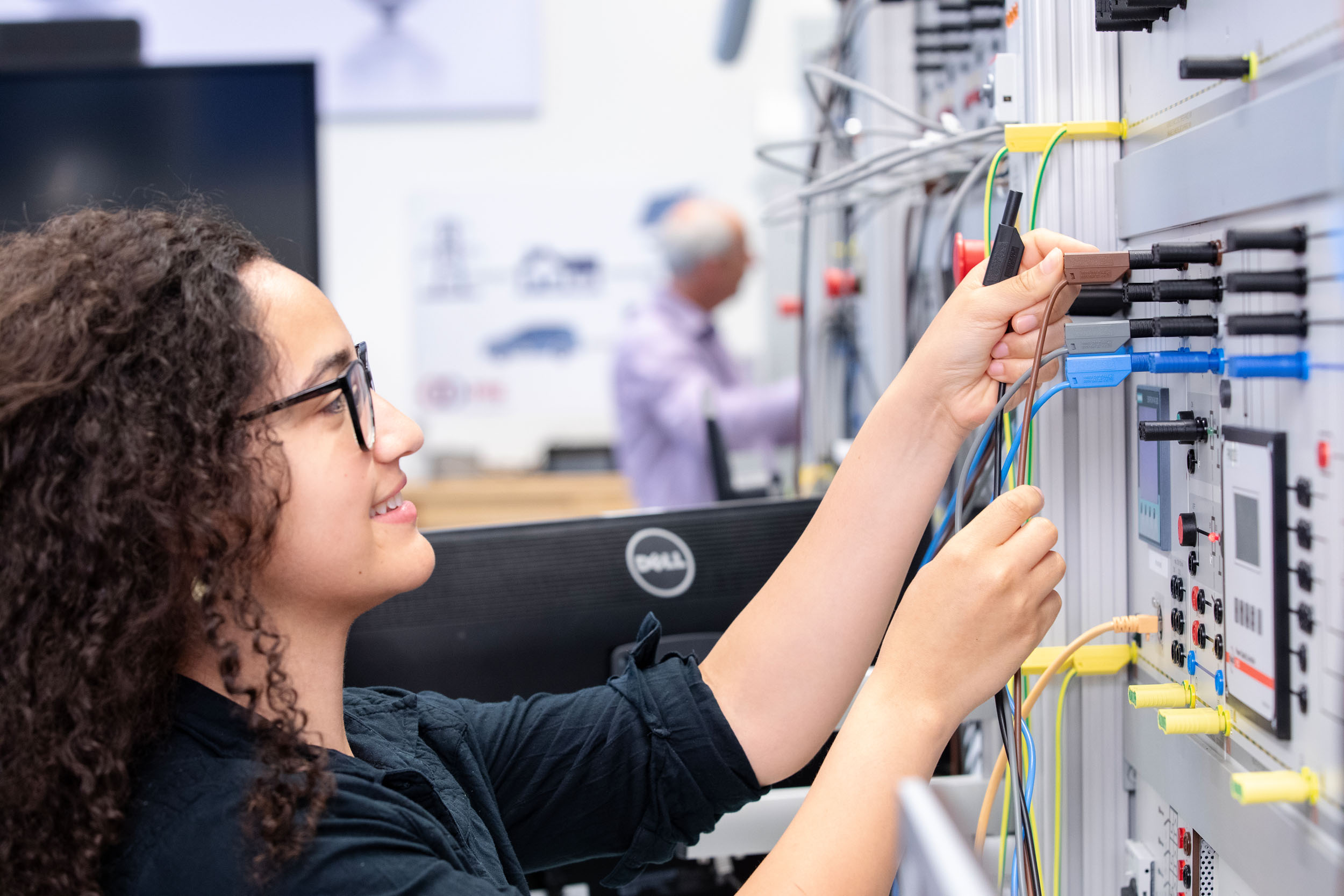From unsuitable to suitable
In the GESCHIKT project we are developing an integral product that will make “unfit” buildings “suitable” again for energy transition together with our project partners . We ensure that the existing electrical connection is sufficient for the energy flows and that the existing carrying capacity of the roof is sufficient for the full utilization of solar energy. We do this by developing an innovative energy management system that ties together solar panels, batteries, charging stations and heat pumps. Lightweight solar panels are used which, through internal parallel switching, are optimized for constant delivery rather than delivery in erratic peaks. The integrated system will be offered to industrial buildings and business parks through an innovative ‘product as a service’ model so that large up-front investments can be avoided.
Contribution from the Smart Energy Delivery Lab
In cooperation with the Academy of Technology and Innovation x (ATIX) of Avans University of Applied Sciences, the Smart Energy lectorate has built a practical environment in which a smart grid has been realized. We call this practical environment the Smart Energy Delivery Lab, or SEnD Lab for short. The SEnD Lab consists of various components such as energy producers (PV panels with inverter), energy consumers (heat pump and ventilation system), an energy storage (Tesla battery) and the associated infrastructure. The energy flows are controlled by an Energy Management System that receives information from the equipment and from sensors that record the condition of the building. This forms the basis for a Building Management System that links energy production and climate requirements. A server system then processes the associated data systems.
Purchase of equipment
The project also highlights the financial side of installing and operating a combined solar installation with an Energy Management System. Indeed, equipment is not purchased by users but through a new service model for small simple SMEs.
Combining knowledge
In this project the partners Heijmans Energie (leader), Solarge, 3B-O Breda, Avans Hogeschool and TNO Energy Transition are joining forces to accelerate the energy transition of commercial buildings and business parks.
